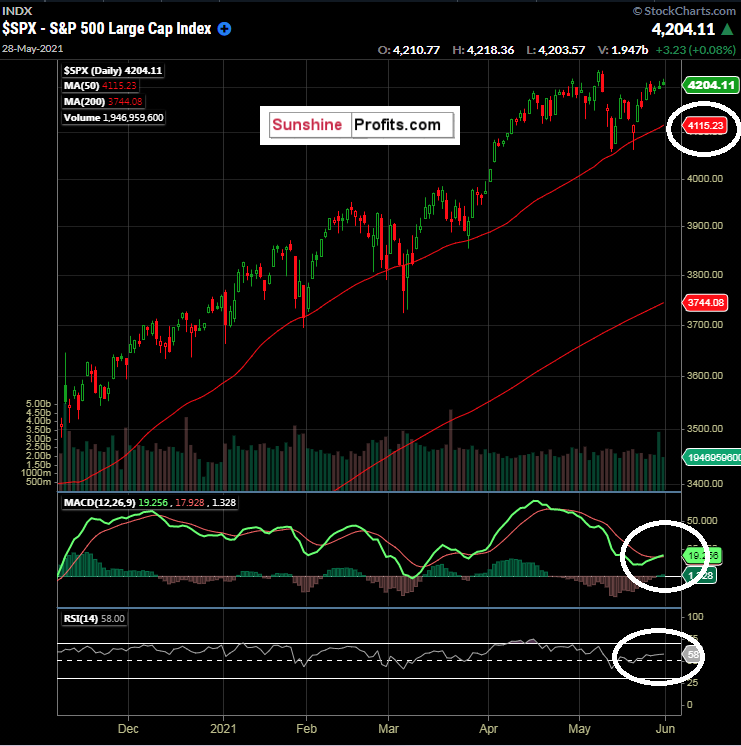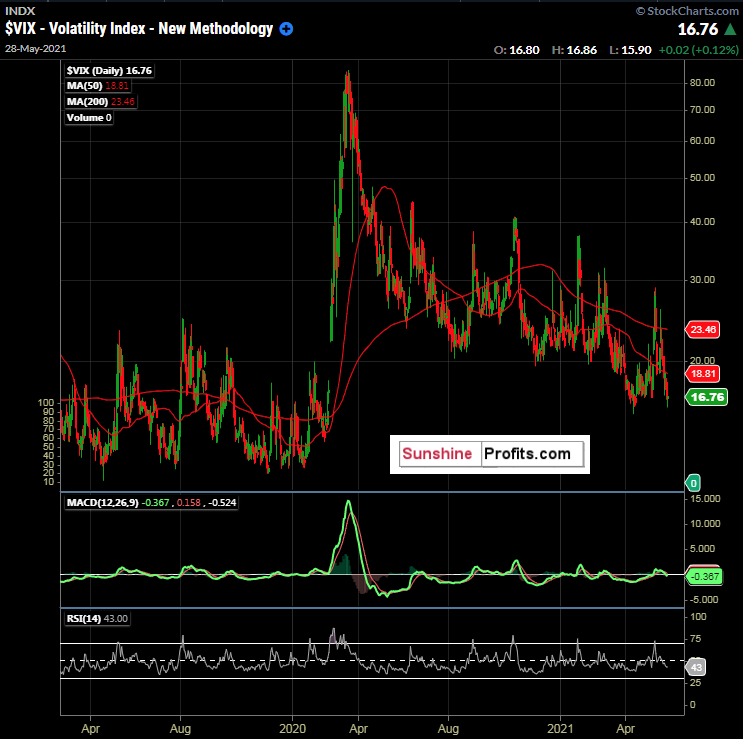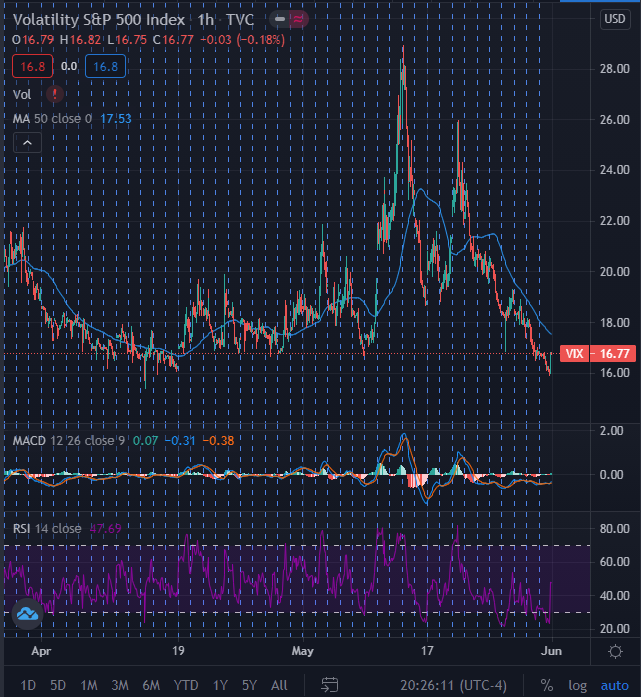Thinking back to 2007-2008, I remember a time when the economic data just kept coming out rosy, even though I deeply suspected there was an underlying shoe to drop due to real estate and overlending. At the time, it seemed like every economic print was bullish, and the SPX just kept climbing and climbing. It can be frustrating; when you may have the correct outlook, but it's just too early.
This concept is one of the most important things a trader can recognize; his or her timing. The market will dictate when you are right, and your wallet will reflect the harsh reality of when you are wrong.
With that being said, we turn our attention to the big data releases scheduled for June.
The Big One: Traders are looking to the Nonfarm Payrolls report on Friday, June 4. The market is expecting a gain of 645,000-670,000 here after last month's huge miss of 266,000 actual vs. 990,000 expected. Friday ought to be a doozy, with Fed Chair Jerome Powell speaking beginning at 7 AM ET and then the big jobs number.
But before we get to Friday, the ISM Manufacturing PMI was released earlier today. This data will give market participants a view into business conditions, including employment, supplier deliveries, production and more. Then there is ISM Services PMI on Thursday. It is a big week for economic data releases in the U.S., with the granddaddy of all of them on Friday.
So, heading into the week, what is the S&P 500 telling us?

Figure 1 - $SPX S&P 500 SPX November 6, 2020 - May 28, 2021 Daily Candles Source stockcharts.com
There are several interesting things happening with the S&P 500. Coming out after a practically flat month of May (thanks to jobs data and inflation data), we see the MACD (12,26,9) throwing a bullish signal here, with the fast line crossing the slow line. RSI (14) is above 50, and we are currently trading well above the 50-day SMA of 4115.23.
While it may not seem logical, most signs seem bullish at this time, after a month of sideways trading and consolidation. One could reason that the jobs data and inflation that has been gaining steam should hurt the index. However, wouldn’t inflation make stocks more expensive too? It is something to think about. We have to keep a pulse on the US Dollar Index for clues.
What is happening in the VIX?

Figure 2 - $VIX Volatility Index 2000 ETF February 21, 2019 - May 28, 2021 Daily Candles Source stockcharts.com
There are no surprises here in the VIX over the longer term. The massive spike caused by the pandemic has been steadily sold, with options sellers sucking up premiums akin to a vacuum cleaner. Although, there have been spikes along the way. Around the close on Friday, the VIX caught my eye as the SPX gave up around 10 handles between 3 PM and 4 PM ET.

Figure 2 - $VIX Volatility Index 2000 ETF March 29, 2021 - May 28, 2021 Hourly Candles Source tradingview.com
The hourly candles show the VIX down near its April lows and catching a nice hourly pop on Friday near the close. Friday was the last day of the month, so there could have been some book squaring and month-end activity that contributed to the pop. It was nothing outrageous, but this action coupled with being near the bottom end of the recent range caught my attention.
There are some mixed signals for the S&P 500 at the moment.
Since this week has so much data coming in, I would expect volatility to get bid up and options to become more expensive due to higher implied volatility. Given the flat month of May in the SPX, I would view it as an overall bullish continuation pattern when factoring in the daily technicals. However, at the same time, the VIX is near its lower end of the range.
Therefore, I am prepared for sideways trading in a wide range in the SPX until the market gets a read on the NFP data.
